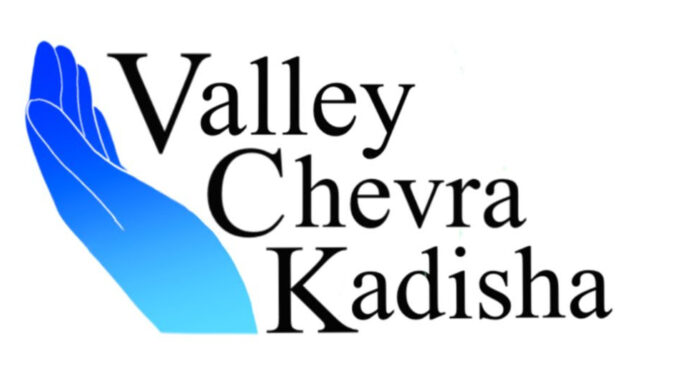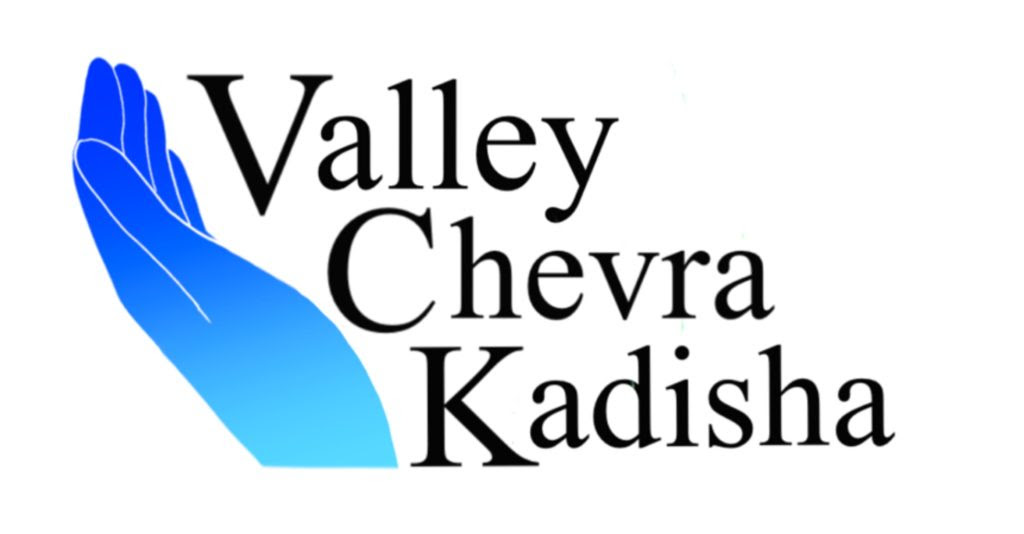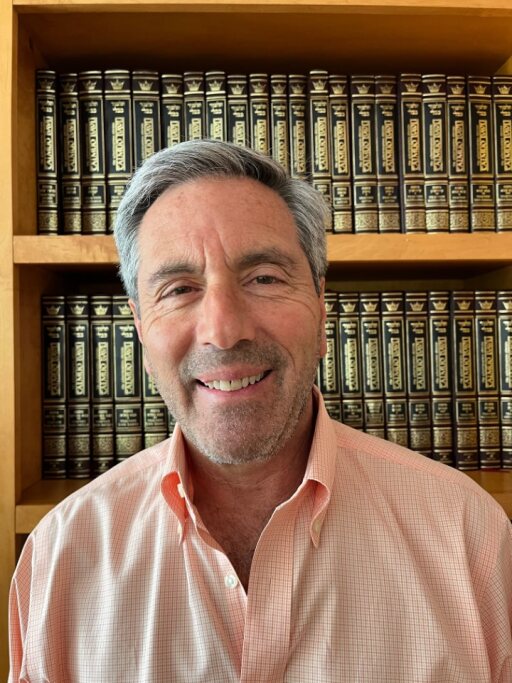
THE FINAL KINDNESS – CHEVRA KADISHA – Honoring Death in Life- Jewish Style
Ecclesiastes 5:14 – “As we come forth, so we shall return. “
Genesis 3:19 – “For dust thou art, and unto dust shalt thou return.”
Death is a part of life that most of us would prefer not to deal with but in the Jewish tradition, death is merely a preparation for our souls to move to the next level.
Each culture has its own ways of dealing with death.
In the Jewish tradition, we honor the dead by preparing them physically and spiritually for their transition from this life to the next. This includes special washing and dressing not in ordinary clothes, but in white linen shrouds.
The first recorded instance of Taharah, the Jewish ritual process of washing, purifying, and preparing the body for burial and for the soul to be lifted up, is mentioned when women cleansed Jesus’ body with water after he was removed from the cross and placed a linen shroud on him.
The ritual of Taharah can be performed by professionals paid by the funeral home, or more commonly by volunteers of the Chevra Kadisha (holy society) who do not get paid for our service, but rather we are paid with the mitzvah (good deed) of helping others.
Members of this group are specially trained Jews who work under strict procedures, working while reciting prayers and psalms that beseech the Lord to forgive any sins the deceased (“met” or “meta” in Hebrew) may have committed. The volunteers ask that the soul be lifted into the Heavens and granted eternal rest. This washing is not just a hygienic cleansing but a Jewish religious act.
The met is given the utmost dignity and respect. No ordinary talk is conducted as members of the Chevra Kadisha concentrate on the soul of the met or meta with tender loving-care.
Tahara is considered to be the final kindness that can be done for someone to comfort the soul of the deceased. The family of the met or meta can also be comforted knowing that dedicated members of the community as caring for their loved one.
Modesty is preserved even in death with the same sex dealing with the met. So traditionally women care for other women and men for men. Only rarely if we do not have enough men to do the work (usually four or five members to a team) will we ask one of the trained women to join an otherwise men’s team. As the work is done, the team recites psalms and other appropriate poetry or Rabbinic quotes.
Non-Jews are not allowed to be part of the Chevra Kadisha team.
While it used to be mainly for the Orthodox community, the choice of Tahara is becoming more common in the Conservative and even Reform Jewish communities. Unaffiliated Jews also can choose this service. Some of the more Orthodox teams insist that members be Sabbath and kosher observant, but some more progressive oriented teams ask that those participating only be Jewish and have a wish to help others.
Once the body is physically and spiritually washed, the Tahara volunteers dress the met or meta in a simple shroud of linen or cotton so that it decomposes easily just like the plain wooden coffin. The shroud has no pockets as we take nothing of material goods with us – it’s our soul that’s important when we stand before the Lord and not what we had on earth.
The deceased may be wrapped in the prayer shawl they used during their lifetime. Since women these days often use prayer shawls, they also can opt to be wrapped in their shawls as well.
These simple garments show the democracy of death and traditionally, protected the poor from embarrassment so that they will not be compared to wealthy who die and can afford more elaborate burials. Embalming and street clothes dressing or viewing violates these basic principles also.
Jews are seldom buried in their own clothes and only if the body is so compromised that it is more respectful to simply leave it as it is.

No lining is necessary in the coffin. The overriding principle is simplicity and a rapid return to dust. If the deceased is not buried in Israel a small bag of Israeli earth will be placed in the casket with them
Tahara is not a requirement of Jewish law, rather a long-established and beautiful tradition which is highly recommended for all Jews In Israel and Europe, the burial sometimes includes a bed of intertwined reeds without a casket since in ancient times the casket was reserved for priests or for those bodies that were badly maimed or diseased.
Rather than spending money on an ornate coffin, it’s considered a better choice to give the difference to charity in the name of the loved one.
The rabbi or the funeral home staff are usually the ones who contacts the Chevra Kadisha in the area. However, the family or friends of the deceased must ask for it as it is not provided automatically. Some funeral homes might charge for the service of Tahara, but many communities have unpaid volunteers that work in the Chevra Kadisha groups.
Family members and friends of the deceased do not participate in the Taharah ceremony as it is considered too painful for them to bear. However. they can participate in being a Shomer – guardian – who attends to the body from the time of death until the time of burial. The shomer sits near the met and reads psalms and other prayers until the body is taken for burial, which in Jewish tradition is within 24 hours or otherwise as soon as possible.
Of course, if the person dies on a Jewish holiday or on the Sabbath, there is some delay. And on occasion a funeral can sometimes wait a day for a loved one to fly in.
Flowers are discouraged now as they symbolize life. In ancient days, the fragrance offset the smell of decay but that is not necessary now. It’s considered better to honor the deceased by a contribution to the person’s synagogue, hospital, or medical research of the disease the person died of. This tribute lasts longer and is more meaningful.
While non-Jews do not participate in the custom, a few as President Franklin Roosevelt and John F Kennedy’s families- have asked for similar in their funerals.
There is often a feeling of satisfaction and a calmness that affects those who perform these mitzvahs (blessings.)
The Shomer (guardian) says psalms, talks to the soul of the met and sings melodies to them.
Those of us who have participated in the holy work of the Chevra Kadisha often feel transformed spiritually, as well. I know for myself it made me more aware of gratitude for life and the miracles granted us by the Lord.
For more information you can contact the Valley Chevra Kadisha via its website or for those outside Los Angeles, the national organization Kavod v’Nichum,


Be the first to comment